 What a joy it was to the family when we bought a puppy. We have long been preparing for this event. It is very difficult, it turned out, we select the appropriate breed by nature, because each has its own inherent qualities. With someone needs a lot of walking with someone engaged in the performance of training, someone must take on the hunting or combing several times a day.
What a joy it was to the family when we bought a puppy. We have long been preparing for this event. It is very difficult, it turned out, we select the appropriate breed by nature, because each has its own inherent qualities. With someone needs a lot of walking with someone engaged in the performance of training, someone must take on the hunting or combing several times a day.
Having defined the breed, we picked up a nursery, where, in our opinion, were the best representatives. We had to wait 3 months.
During this time, we bought a couple of things: a rug, bowls for food and water, all sorts of colorful toys, tweeters, vitamins and mineral supplements on the advice of breeders and much more.
We had a lot of information about what to feed the puppy, when to vaccinate, how to care for his hair, how to monitor the change of teeth and so on. But we did not know what to do, that our pet is pleased us with his behavior.
As time passed, he grew up, and our house has become a “battlefield.” The floor is broken claws and in some places dug up the concrete, wallpaper on the bottom of the wall is now missing scratched doors. When we come home from work, we met a lot of foul-smelling, and almost a flood in the kitchen. This is despite the fact that we honestly walk with the dog in the morning and evening for almost an hour.
All these details would be for us to tolerate, if not for the neighbors who complain about the constant howling and barking in our absence. Now we face a choice, or somehow fix everything that creates our dog, or we simply evicted.
During that time, until the dog with us we are so accustomed to it, love, and give it to the “good hands” is not acceptable, let alone put to sleep, like insisting bellicose neighbor.
This is one of the stories of those dog owners who are faced with the problem of fear of loneliness. Many believe that this behavior is caused by just the presence of boredom, which is trying to get rid of the dog described above.
But this opinion, we believe is absolutely wrong. If you try to understand what boredom is just an association with drowsiness, yawning and sleeping. Thus boredom dog for us is just an extremely desirable. During the absence of the hosts they are just sleeping. This is normal behavior alone.
What is the cause of abnormal behavior, which we have called above the fear of loneliness?
Usually – it’s dominance. What is it?
Any dog, regardless of its size and species, has characteristic of the behavior of the wolf. A dog that lives in the family believes it to his flock. In the pack there is a hierarchy, where a representative of other more important, in other words, he – leader of the pack. The higher the position of the animal in the hierarchy, the more he has the rights and benefits.
Usually, the leader sets the rules and demands of their performance (dominant). He always comes first, forcing the others to follow. The leader eats first. It can take food from other pack members. He is the initiator of all actions of the pack, whether it be playing or hunting. He sleeps on the hills. As is well acquainted with all the animated film about Mowgli, the leader Akella is always lying on a high rock.
Anyone who has faced the problem of destructive dog behavior at home during the absence of the hosts, allowed her to behave this way. Our experience shows that none of these people just had no idea that their dog feels the principal in relation to them. Such behavior is inherent in these dogs from birth, it determines how viable they will flock in the wild. The desire to lead the pack and become a leader is in each dog.
Therefore, in order to reduce the dominance of a dog, she cannot afford to behave like a leader. You need to behave themselves, that is:
– Always enter and exit the first in any door. That is, before the door, gate or gate, you have to stop, go first and then allow the dog to do it. The leader should always be first.
– Also, you must first climb up and down the stairs. The dog, thus, must go side by side or slightly behind.
– Completely ignore the dog when it requested a meal when you eat. During your meal, it can not be with you. After you eat, take a bowl in one hand and show her. In the other hand, take any piece of human food (cookies, candy, fruit or vegetables) and eat it in her eyes. Then give her a bowl. This way you will show your dog that you eat first, and defraud her of her food, as does this leader of the pack.
– Ignore the dog if it sticks to you with a desire to play or wants you to caress her. Tell her strictly “Fu” or “not” and do not pay attention to it. If you want to own it to play or cuddle it, Call it 1-2 a minute, praise her, play and cuddle. The leader is the initiator of all actions of the pack.
– Be sure to decline to lie on beds, chairs, etc. At higher elevations is the leader and the dog tries to push you, “his office”
If you are faced with the fact that the dog finds a home, you must also begin to engage with it in training of a novice with an experienced instructor individually or on a training club in the group with other dogs.
The problem of dominance can not be corrected to include the radio or TV during the absence of the hosts. Nothing happens if you leave a toy with a record of your voice. The dog will demand your return as you its slave, and she is, roughly speaking, your boss. Often, even the presence in the room other animals or people she does not think the members of his flock, cannot prevent the dog’s excitement, her howling, barking, jumping on the door, etc. And if you close it in one of the rooms, donating it to the pogrom that can protect your neighbors from noise published?
To correct the fear of loneliness must do the following exercise.
Close the dog in the room or on the balcony and wait for one, without going to it.
If she whines, scratches or shows any other concern, it should be ignored.
After 3 minutes, if it has not ceased to behave this way, go into the room, but as if you do not have a dog. Let her out of the room should not be. Walk around the room without even looking at her. If the dog jumps, not repel it, leave the room.
Wait a bit. If the dog stopped, it is necessary to enter and praise her, give a treat, and leave again. If you still whines, then go back, go, completely ignoring. Again leave until then the dog stops whining. It usually takes between 5 and repeat 12 times.
As soon as the stop whining, come and praise. Each time, increase the time that she was sitting quietly. That is, the first time, when the dog stops whining, just come in and praise, for the second time in 10-15 seconds, then after a minute, etc.
It is necessary that the first time you perform this exercise; it is not whined at least 3-4 times in a row. This may take 2-3 hours. If the dog begins to whine and did not stop, come in and ignore.
This exercise is designed to reduce the pleasure of a dog howling and anxiety, as we cease to praise her for it. On the contrary, we praise her for her calm demeanor. Eventually, the dog realizes that solitude is fine, but when the owner comes home compliments and wishes for her that she is calm and does not notice her if she “hooligans”. For dogs, what they fail to notice and ignore the far more vexing any other punishment (shouting, swearing, beating, etc.).
In addition to dominance, fear, loneliness can be caused by the fact that the dog is not accustomed to a stay at home. This happens when people take a puppy with small children and always sits with him at home, never leaving him alone. Then circumstances change, and the dog is no one to stay. Such abrupt changes cannot afford to move many of the dogs, regardless of their breed.
When you buy a puppy, it must be left alone. Then you can leave the apartment a short time, gradually increasing the period of absence.
As a result, we believe that any breed of dog can safely tolerate the absence of hosts, if, after purchase the puppy, leave them alone and they are engaged in the above-described methods. That is, there are no excess breeds of dogs, which is completely absent fear of loneliness. Experience shows that such a seemingly bedroom of breed of dogs, an English bulldog, Yorkshire terrier, toy terrier, Labrador may have a fear of loneliness. Rather, it is the result of improper handling of a dog-and-error in the education, not racial characteristic.
Dogs who do not fear loneliness, you can leave with friends and relatives. They are easy to move it. In other words, they are simply bored to sleep.
It is believed that there are breeds of dogs, house breaking content that they mind. This is misleading. There are breeds of dogs are active. They usually have a lot of walking. Therefore, many feel that these dogs can not be kept in the apartment. We think that if you provide dog walking sufficient to meet its activity, the breed does not matter. Psyche can spoil rather than flats content, and mishandling the dog and the mistakes in the upbringing.



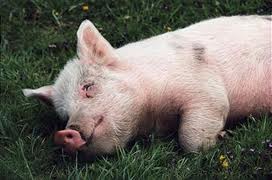
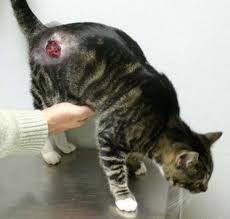
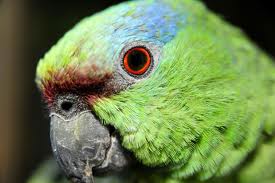
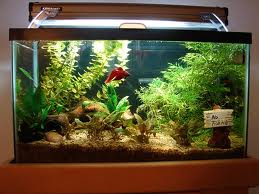
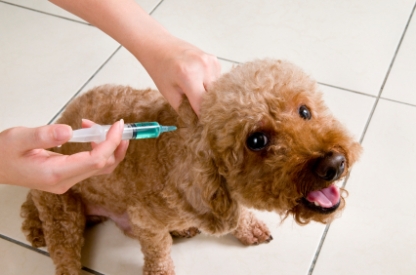
You must be logged in to post a comment.